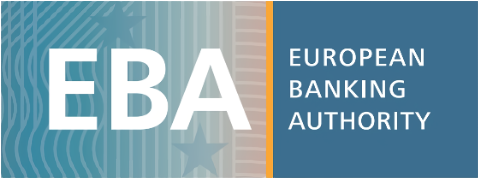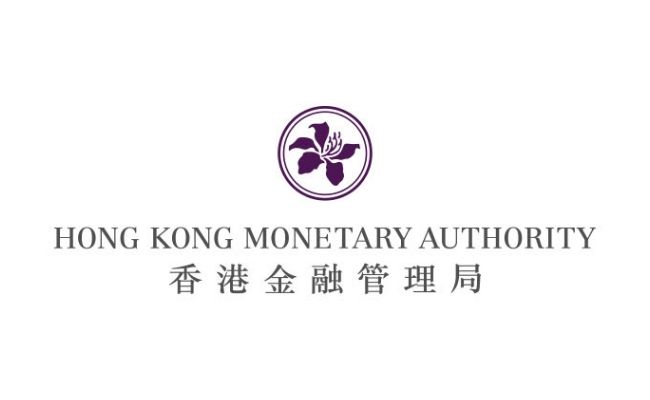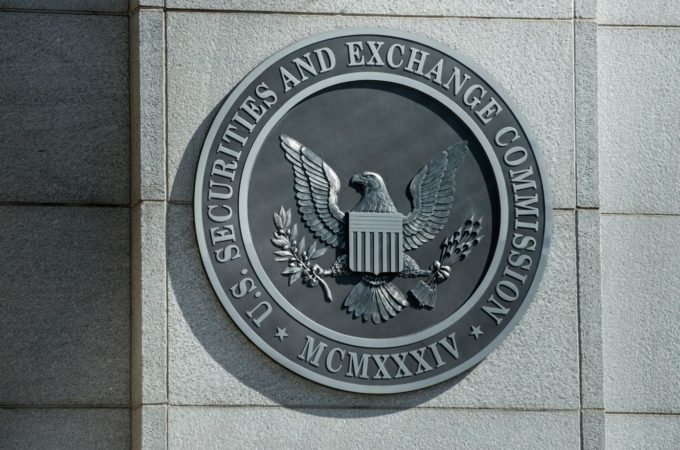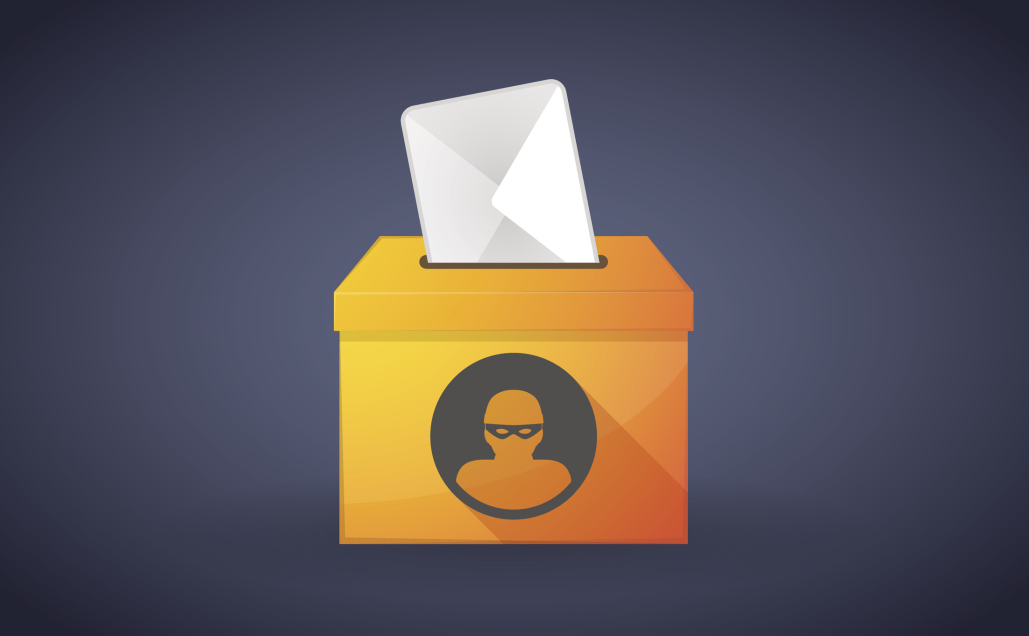
Blockchain technologies could transform government services
By RJ Krawiec, Jason Killmeyer for TechCrunch
With the current election season sparking yet another conversation about how government can better monitor our elections and deliver secure services, emerging blockchain technologies may provide a solution. By providing both security and transparency — reducing the risk of foul play and enabling everyone to audit the results — blockchain solutions could reshape the future of American elections.
Blockchain is already driving a tremendous amount of investment and innovation across a wide range of industries, starting with financial services. The government could be next.
At its core, blockchain is a distributed ledger that enables efficient and reliable transactions that are typically private (or pseudonymous), secure and transparent. Blockchain records are visible to all members of a network, so they can be easily monitored and audited. They are protected by encryption and a groundbreaking peer-to-peer cryptographic validation mechanism that makes them highly secure. Also, once a record is added to the blockchain, it is permanent and extremely difficult to tamper with.
This unique — and seemingly contradictory — combination of attributes makes blockchain technology an intriguing option for potentially enabling government applications, from digital voting and digital identification to electronic health records, digital deeds and even audit-free tax audits.
If blockchain proves to be efficient, reliable and secure — at scale — it’s possible that the technology could reach an inflection point and start gaining widespread acceptance during the next presidential administration. This could provide our nation’s leaders with opportunities to revitalize and reinvent government.
When thinking of ways that blockchain could be used to improve and transform government operations and services, it helps to view the opportunities from three different perspectives: government-to-citizen (G2C), government-to-government (G2G) and government-to-vendor (G2V).

G2C
Blockchain tends to displace existing intermediary institutions, meaning that government — which is often one of those intermediary institutions — could find its unique position as a service provider diminishing across a range of functions. That being said, the secure platform provided by blockchain could also provide the government with a transaction layer upon which the service functions it does retain are executed and recorded.
Government’s ability to marshal this technology in service of its citizens — providing an accessible and self-verifiable source of truth for citizen-state interactions — is worth exploring, and many governments are doing just that.
Potential applications include secure e-voting, patient-controlled Electronic Health Records(EHR) and digital property titles. In Ghana, a pilot program is already underway that is enabling citizens to file and digitize land titles via GPS coordinates, register property disputes and more.

G2G
Because blockchain enables a shared ledger with minimal transaction latency, it could allow agencies to reconcile transactions and budgets faster than ever before — without having to change their traditional service model. In cases where government agencies maintain silos of information, blockchain could make information sharing easier by serving as the common transaction layer upon which agencies communicate.
One potential application is DHS’ interest in using blockchain as an advanced analytics aid for quickly resolving identity issues and protecting national security. Another potential application is intra-agency identity management of people, goods and services. In the U.K., blockchain is currently being tested as a tax collection and remittance dispersal platform.
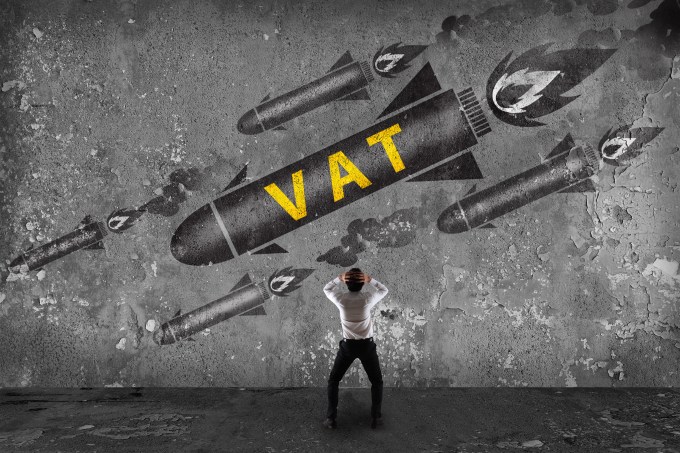
G2V
In some cases, the government is able to use its leverage with vendors to encourage compliance. That means the government could not only solicit work and distribute funds via blockchain-based applications, it could also drive vendor compliance by offering access to the platform as an incentive for certain corporate practices.
Thus far there has been negligible blockchain activity in the government procurement space, despite interesting progress on trade and shipping applications by startups, industry consortiums and at least one foreign government.
One potentially compelling G2V application is a blockchain-based chain-of-custody platform to provide supply chain assurance; such platforms are currently under development in the private sector, and the government could help drive adoption by making them a precondition for federal contracting eligibility.

Government in action … or inaction?
Some people believe blockchain technology could ultimately have the same kind of transformative impact as the internet, and the private investment dollars and size of the startup ecosystem already surrounding the technology are promising.
So where can government add value? In the short term, it can provide space for the open source ecosystem and private consortia development to continue to flourish, while at the same time providing regulatory clarity in areas such as tax treatment of assets and standards for industrial blockchains.
Will our nation’s leaders be able to further strengthen the position of the United States as the global leader in blockchain innovation? Or will others lead the way?
Congress recently established a Blockchain Caucus with the goal of studying the technology and how it might aid in financial inclusion. Meanwhile, individual states are also giving blockchain a closer look. For example, Delaware, which is a favored domicile for many companies, is actively exploring how to use blockchain for a corporate registry.
Whether or not we will see mass adoption of this technology in its existing form remains unclear. But given its rapid emergence and potential impact, blockchain deserves significant attention and consideration.
First appeared at TC



